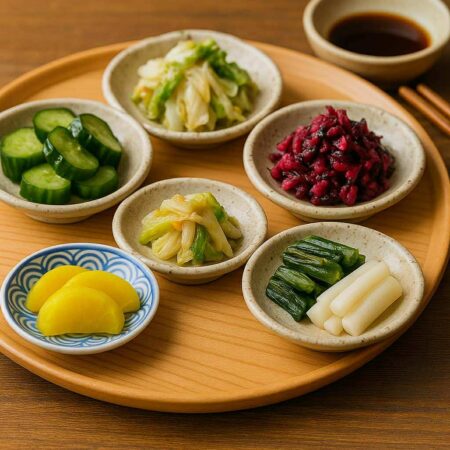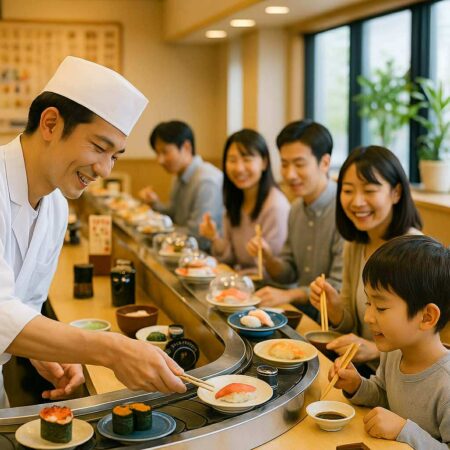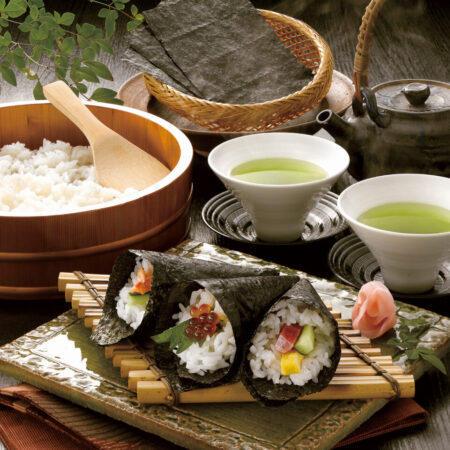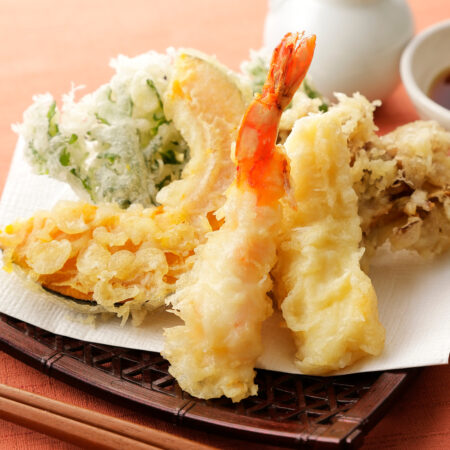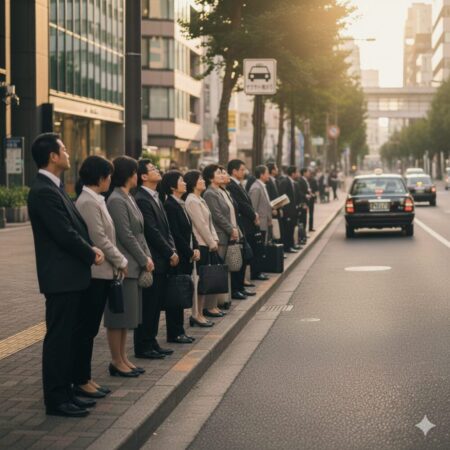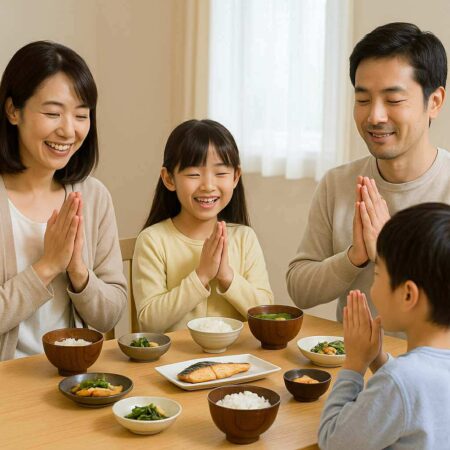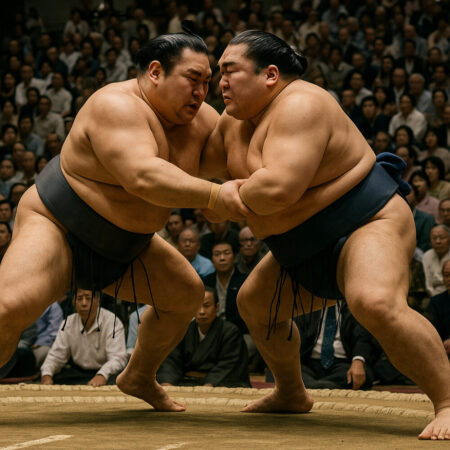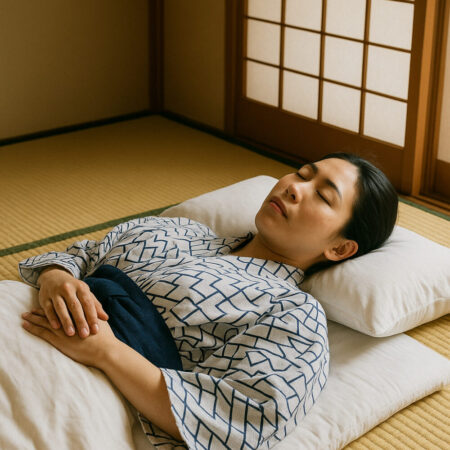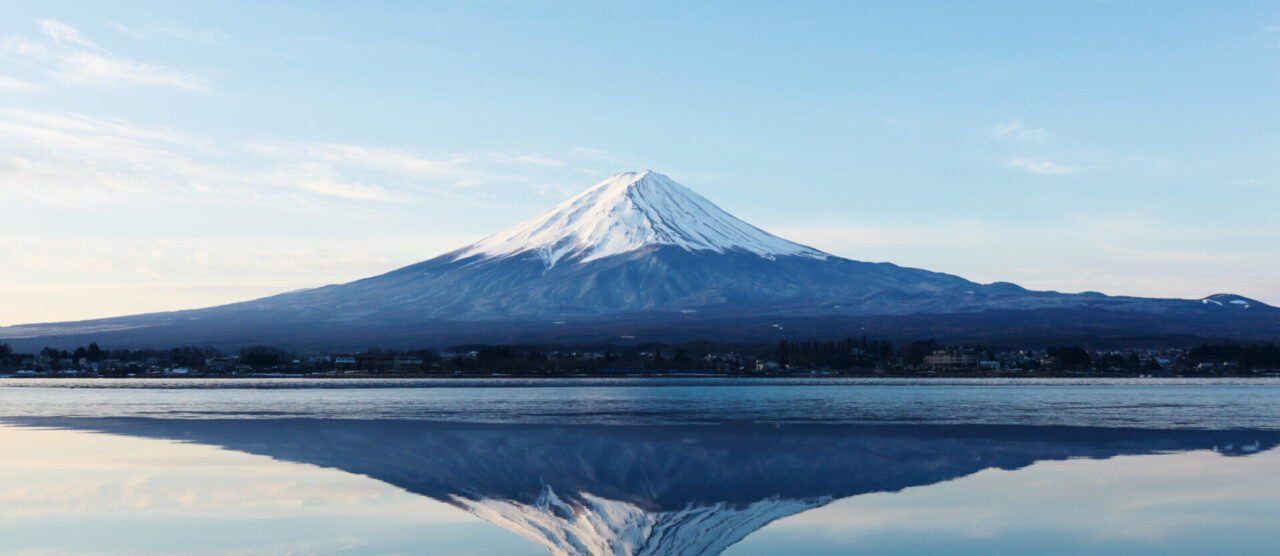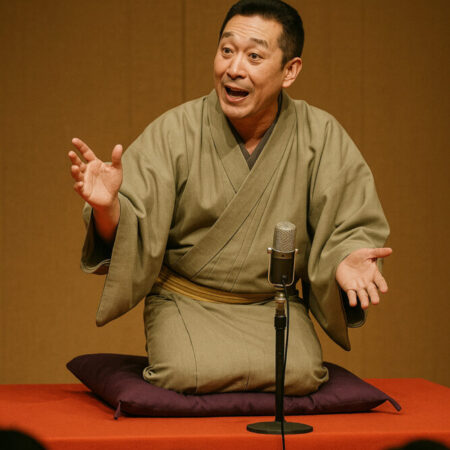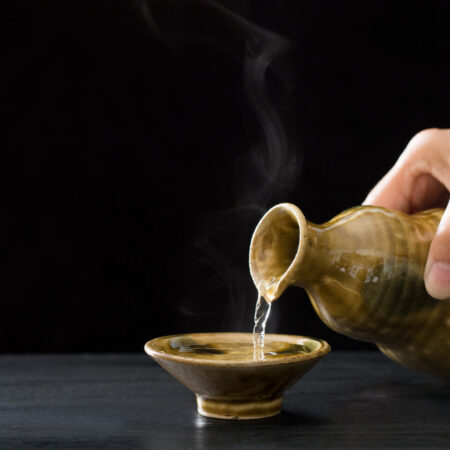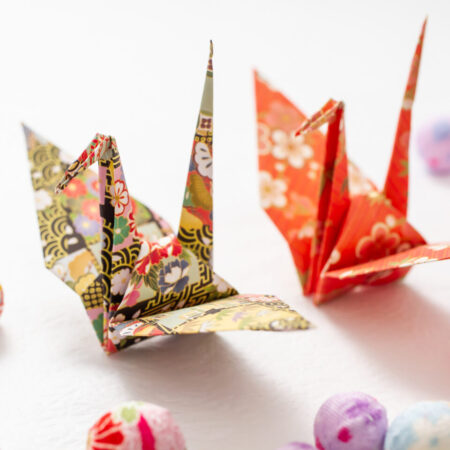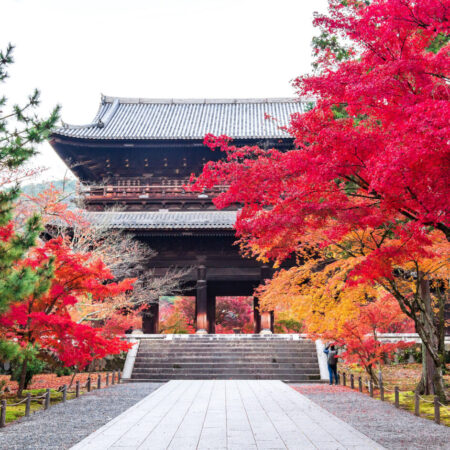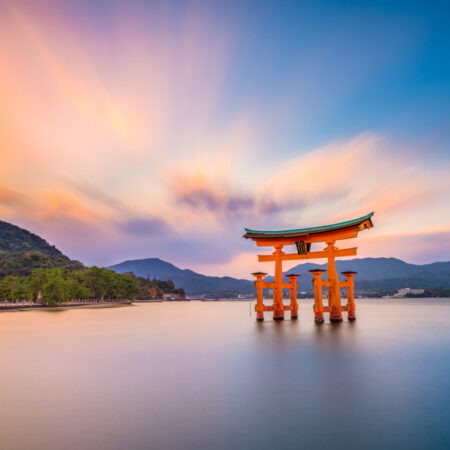Introduction
What is a Temple?
In Japan, there are two religious facilities known as “shrines” and “temples”. Shrines, which enshrine a variety of gods, are sacred places in Shintoism and are deeply rooted in regional faith and culture. The regions protected by shrines have been shaped by the history and geography of the gods enshrined there. In contrast, temples are sacred places in Buddhism, where worship centers around Buddha and his teachings. They once bustled as gathering places for monks and centers of training and study.
While shrines and temples may seem similar at first glance, they each have different religious backgrounds and unique rituals and customs. Shrines are sacred places in Shintoism where gods are believed to dwell, while temples serve as places to learn Buddhist teachings and practice meditation and training. These facilities are one of the charms of Japan, where one can experience the differences in religion and culture. The manners and customs of worship vary between the two, and this article will focus on “temples” and elaborate on their charm and methods of worship.
History
History of Japanese Temples
The history of temples in Japan is deep and rich. Buddhism was introduced to Japan around the 6th century, influenced by China and the Korean Peninsula. Through this ancient exchange, Buddhism permeated deeply into Japanese culture, tradition, and the hearts of its people. Age-old temples, witnessing the transitions of time and the history of the nation, still stand majestically conveying their history.
Famous
Famous Temples
- Kinkaku-ji in Kyoto: A magnificent building covered in gold leaf.
https://www.shokoku-ji.jp/en/kinkakuji/
- Zenko-ji in Nagano: Houses a national treasure Buddha statue and attracts many worshippers and tourists.
https://www.zenkoji.jp/en/
- Todai-ji in Nara: Home to Japan’s largest Buddha statue.
https://www.todaiji.or.jp/en/
Etiquette
Temples Etiquette and Worship Method
When visiting Japanese temples, several basic manners are expected. Temples have an entrance gate called the “Sanmon”, symbolizing the boundary between the secular and the sacred. Before the Sanmon, one should bow with palms together. Within the temple grounds, there’s a place called “Temizuya”, where one purifies themselves by washing their left hand, right hand, mouth, and left hand again. Here’s the detailed process:
- First, hold the wooden ladle in your right hand and scoop water. Pour water onto your left hand to cleanse it.
- Using the ladle with your left hand, cleanse your right hand.
- Again, holding the ladle in your right hand, pour water onto your left hand, bring it to your face and rinse your mouth. Remember not to swallow the water.
- Once more, cleanse your left hand, then rinse the handle of the ladle with the remaining water and return it to its original place.
In front of the main hall, there’s an offering box. Typically, a 5-yen or 100-yen coin is placed inside, but there’s no specific amount required. What matters most is sincere worship. After making an offering, if there’s a bell, ring it, then without clapping, pray with palms together in front of your chest, followed by a bow. When leaving, bow again at the Sanmon.
Worship
Visiting Temples:Concluding a Journey of Culture and Spirit
Japanese temples, with their long history and rich culture, continue to convey Buddhist teachings and the Japanese spirit amidst tranquility and tradition. The ancient architecture, beautiful gardens, and unique rituals and manners offer many foreigners visiting Japan a place of discovery and inspiration.
Worship is not just sightseeing; it’s a valuable experience to calm one’s mind, confront oneself, and touch upon Buddhist teachings. To make this experience even deeper and richer, it’s essential to observe basic manners and etiquette and engage in sincere worship. Every visit to a Japanese temple offers an opportunity to feel the ambiance, atmosphere, history, and culture of the place, promising new discoveries and inspirations. We hope this article helps you get a glimpse of the allure of Japanese temples.




